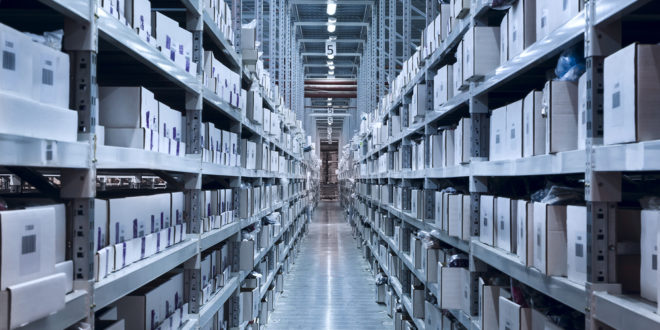In this article, we will discuss how to increase warehouse storage space. We will go over the benefits of increased warehouse storage and explore different strategies for maximizing your available space.
We will also talk about how to plan for items in high demand but don’t take up much room and other considerations when planning out your warehouse space.
Benefits Of Increased Warehouse Storage Space:
You can have more room for things you order but don’t often use, like seasonal items or backup materials.
More space means less time spent looking for products, and customers will be happier because they’ll find what they’re looking for faster.
Strategies To Maximize Available Storage Space:
Make sure your aisles are wide enough so that the forklift has plenty of room to navigate through and employees won’t get stuck behind boxes when pushing carts around.
If possible, make lanes go in opposite directions, so one person’s back is never turned on another lane while loading/unloading product – this reduces collisions with people and boxes.
Install shelving that’s deep enough to hold bulky items and wide enough for carts to pass on each side without having the cart bump into an item while going by. This will shorten loading/unloading time and reduce trips back and forth to aisles when employees are looking for products or work out-of-stock items.
Consider installing “ambient storage” in your warehouse. This is shelf space at eye level where customers can find popular items they’re likely to buy with minimal browsing required- it also helps create a more inviting atmosphere in which people want to browse longer before making their purchase decisions.
Increase Warehouse Storage With These Simple Tips:
You may not need all of the available warehouse space to store your merchandise.
It can be helpful to use shelving with dividers or bins (wooden crates are a great option) because this allows you to organize and group items together for easy retrieval.
Install free-standing racks, which provide more storage space than fixed shelf units that require floor space. This will also help keep products within arm’s reach of staff members who need them to perform their jobs well.
Take advantage of offsite warehousing by partnering up with other businesses nearby to ship excess inventory there when the warehouse is full – this way, the product won’t have to be scrapped due to lack of available storage space. However, it’ll still make it back into circulation quickly enough after customers place orders.
Storing Products in Your Warehouse
Store products in the warehouse that are sensitive to temperature changes, such as milk or ice cream. Put these items on racks away from direct light and air vents.
Keep inventory at a minimum by only ordering what is needed when needed, reducing overstock (and returns). If you’re receiving products too often and not moving all of them out quickly enough, talk with your suppliers about cutting back on their deliveries.
Schedule regular cleanings for the space so dust buildup doesn’t damage any merchandise.
Place storage containers throughout the warehouse to provide quick access for staff members without having to walk all around looking for boxes or other bins they need – this will also help avoid creating more clutter than necessary. When using storage bins, try stacking them, so they’re not taking up too much space on the ground.




